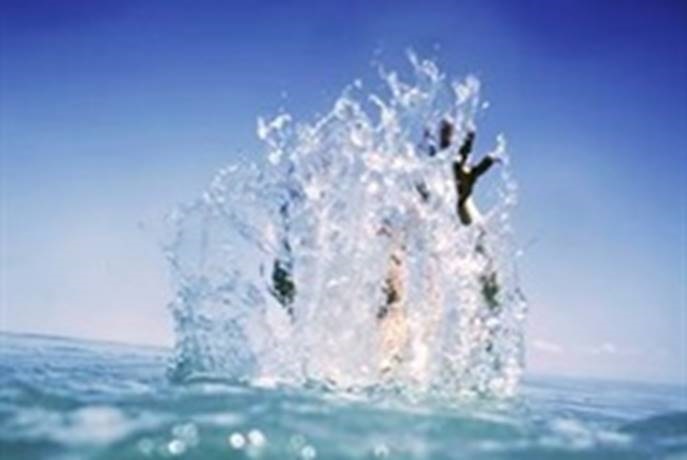
In this episode of News24's weekly The Story Podcast, Parent24 editor Elizabeth Mamacos was asked to talk about child safety and drowning prevention.
You can listen to the podcast here, or for busy parents with no ear to spare, we've provided everything you need to know to keep your kids safe this festive season below.
Also see: 7 beach safety tips for kids
How can I make sure my children are safe at the beach during the festive season?
Stats by the Western Cape Strategic Framework for Drowning Prevention and Water Safety show that adolescents and young adult males are most at risk of drowning.
In fact, more than 4 males drown for every woman who does, and males drown at a higher rate than females in every age category.
Mamacos says this information is useful to parents in that it highlights that their boys are more at risk, but it doesn’t mean they can relax around their girls either.
Interestingly, the organisation also report that another age group where the risk of drowning is relatively high is the over-60s. This may be due to unrelated health complications like heart disease and stroke that could increase the risk of drowning.
So, if kids are at the beach with grandparents, perhaps while the parents are at work, it is important to be aware that this is a risky situation, Mamacos warns.
In essence, parents need to know that the sea is not safe.However, it’s not all doom and gloom. Parents can take precautions, and Lifesaving South Africa provided us with the following tips:
- Know where your child is at all times
- If your child cannot swim well (or at all) stay within arm’s length of them at all times
- Do not be distracted with cell phone calls or texting, it takes seconds for children to be washed away in a current
- Most important – only swim where lifeguards are present.
Should my child go missing at the beach, what resources are available to me as a parent?
Immediately contact the lifeguards, who will guide you in terms of the fastest, most appropriate steps should be for the situation, and the location, says Mamacos.
You can also call the Sea Rescue emergency number from your cell phone, which is 112 or the Ambulance service, which is 10177.
The NSRI website also lists all relevant numbers by location, so it’s a good idea to make sure you’ve saved the relevant numbers before you head to the beach.
Find the NSRI website here: www.nsri.org.za
Others who are equipped to respond to possible drownings include the SA Police Services, local Fire and Rescue Services, and EMR ambulance services.
Lifesaving SA stresses that all missing children must be reported to the law enforcement immediately so that a search can be conducted. A parent will need to produce a recent photograph of the missing child, and be able to share all the required information such as what the child was wearing, his/her height, age and so on.
It's a good idea to educate your child to find a safe space where they can go should they get lost, such as a lifeguard tower or chair on the beach.
Most public beaches will have some form of policing, or public safety officers on duty, find them to make a public announcement.
What should I do if my child appears to be drowning?
Quick action is crucial in this scenario, so call for help immediately, in any way possible.
If no lifeguards are present parents can dial 10177 or 112 on their cell phones.
Lifesaving SA advises that it’s a good idea to attract the attention of other beach goers, as there may be competent swimmers and surfers or off duty lifeguards on the beach who can assist.
As a parent, Mamacos says that once there are professionals on the scene you’ll have to trust them to do the right thing. As hard as it might be, try to stay calm.
I'll be holidaying at a coastal area, what other risks should I be aware of?
Most people are aware of the dangers of rip tides and freak waves and slippery rocks and so on, Mamacos says, but may assume that tidal rivers and lakes are safer.
This isn’t necessarily true, and in reality a child can drown in as little as 2 and a half centimeters of water. So keep a sharp eye on kids, and be sure to wear the appropriate safety gear when taking boat rides or paddle skiing on the water too.
Lifesaving SA also warns that dunes can be dangerous areas for children to play on and care needs to be taken, as sand can shift quickly and cover small children.
Digging holes in the beach and “burying” someone is a fun game, but the incoming tide is dangerous, and burying too deep will not allow the buried person space and time to escape should the waves begin to wash over them, and the sand can also move and cover small children.
As awful as it is to contemplate a drowning scenario, it's best to be prepared, as quick action can save a life.
Chat back:
Share your story with us, and we could publish your mail. Anonymous contributions are welcome.




 Publications
Publications
 Partners
Partners











